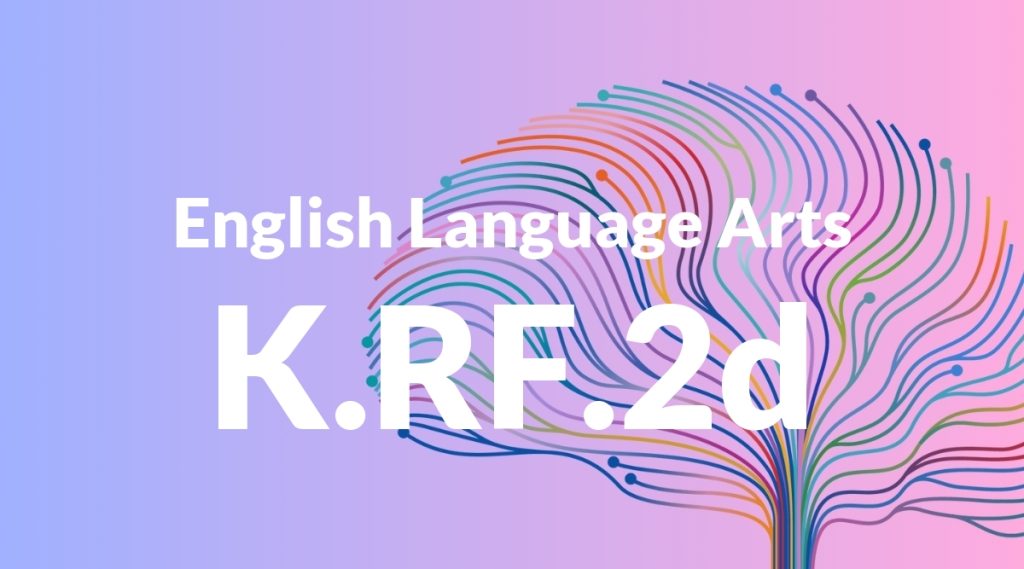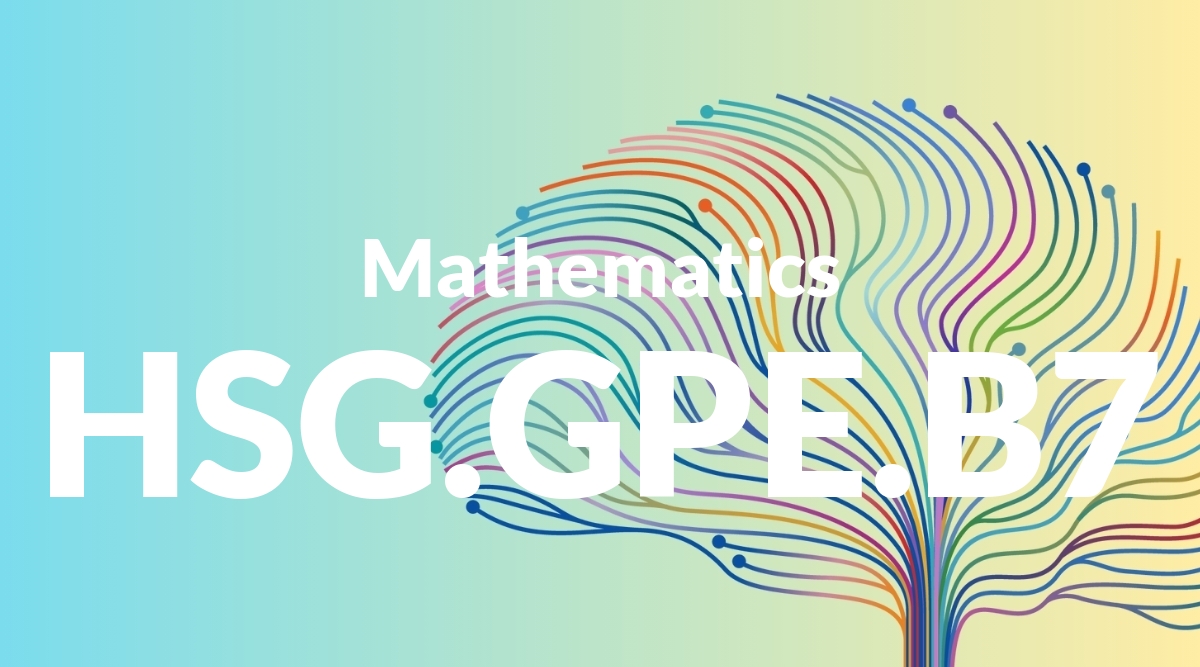Standard: K.RF.2d – Isolate and pronounce the initial, medial vowel, and final sounds (phonemes) in three-phoneme (consonant-vowel-consonant, or CVC) words.1 (This does not include CVCs ending with /l/, /r/, or /x/.)
Grade level: Kindergarten
Subject: English Language Arts
Domain: Reading: Foundational Skills
Teacher Overview
This standard focuses on helping Kindergarten students isolate and pronounce the initial, medial vowel, and final sounds in CVC words. This skill is crucial for developing phonemic awareness, which is a foundational skill for reading and spelling. Students should already recognize individual letter sounds and understand how to blend these sounds to form simple words.
Students will be able to decode more complex words, improve their spelling skills, and lay a strong foundation for reading fluency.
Common Misconception 1
Students may confuse the medial vowel sound with the initial or final sounds. This occurs because they might not yet fully understand the concept of sound positions within words.
Intervention 1
Use visual aids, such as sound boxes, and sound isolation exercises to help students distinguish between initial, medial, and final sounds in words.
Common Misconception 2
Students might think that all three-phoneme words are CVC words, including those ending in /l/, /r/, or /x/. This misconception arises from a lack of understanding of the specific structure of CVC words.
Intervention 2
Clarify the definition of CVC words and provide both examples and non-examples. Engage students in sorting activities to differentiate CVC words from other three-phoneme words.
Prerequisite Knowledge
Students should have a basic understanding of individual letter sounds and be familiar with the concept of blending sounds to form words.
Subsequent Knowledge
After mastering this standard, students will develop the ability to decode more complex words, improve their spelling skills, and gain a stronger foundation for reading fluency.
Instructional Activities
- Sound isolation games using flashcards.
- Interactive read-aloud sessions focusing on CVC words.
- Phonics-based puzzles and worksheets.
- Small group activities where students practice breaking down words into individual sounds.




